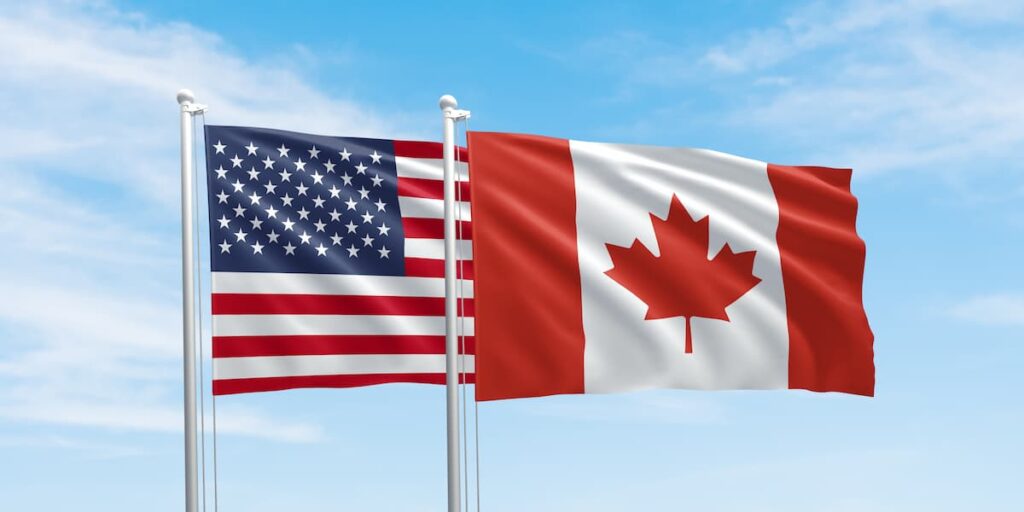Trump Escalates Trade Pressure on Canada
The economic relationship between the United States and Canada has taken a sharp turn as President Donald Trump confirmed a significant increase in tariffs on Canadian goods. Despite Canada’s decision to withdraw a planned digital services tax targeting American tech companies, the U.S. has moved forward with imposing a 35 percent import tariff on most Canadian products. This marks a notable escalation from the earlier 25 percent rate introduced months prior.
The new measure is part of a broader push by the Trump administration to renegotiate trade terms with several countries. Canada, being the second-largest trading partner of the U.S., is now facing heightened pressure to comply with Washington’s demands or risk further economic retaliation. The tariffs are set to take effect at the beginning of the upcoming month and may rise even further if Canada introduces countermeasures.
What’s at Stake in US-Canada Trade
The United States and Canada share one of the world’s most robust trade partnerships. Last year, Canada exported over $400 billion in goods to its southern neighbor, while importing nearly $350 billion in return. The result is a trade surplus that has frequently drawn criticism from President Trump, who seeks a more “balanced” exchange.
Canadian exports to the U.S. include oil, mineral fuels, automobiles and auto parts, as well as heavy industrial machinery. In contrast, Canada relies on American transportation equipment, chemicals, and manufacturing technology. The newly announced 35 percent tariff will affect a wide range of these goods, potentially disrupting industries on both sides of the border.
In addition to the broad tariff hike, Canadian energy resources are already subject to a 10 percent import tax imposed by the U.S. earlier this year. These measures could have ripple effects across sectors such as automotive manufacturing, fuel distribution, and cross-border logistics.
Previous Tariffs and Ongoing Accusations
This isn’t the first time the Trump administration has targeted Canada with tariffs. Earlier in the year, the White House introduced an initial wave of 25 percent tariffs on all Canadian goods and added a specific 10 percent tax on Canadian energy resources. These actions were justified by the U.S. government’s claim that Canada has not done enough to stop the production and trafficking of fentanyl, a synthetic opioid blamed for thousands of overdose deaths in the U.S.
Although Canada provided assurances that it would take stronger measures to curb fentanyl flows, the U.S. deemed those efforts insufficient and reimposed the tariffs after a temporary pause. Now, with the increase to 35 percent, Washington is sending a clear signal that it expects more than verbal commitments from its northern ally.
What Comes Next?
As the deadline for the new tariffs approaches, all eyes are on Ottawa’s next move. The Canadian government has not announced any formal response yet, but economic analysts warn that retaliatory tariffs could lead to a deeper trade conflict. Any such escalation could strain not only trade channels but also the political relationship between two historically close allies.
The business communities on both sides are bracing for impact. Exporters, especially in sectors like automotive and energy, are expected to face immediate cost increases and possible disruptions in supply chains. Meanwhile, U.S. consumers may eventually see price hikes on Canadian products if the situation continues to escalate.
For now, the ball is in Canada’s court. Whether the country chooses to respond with economic countermeasures or seeks to reengage in negotiations will shape the next phase of this increasingly tense trade saga.



